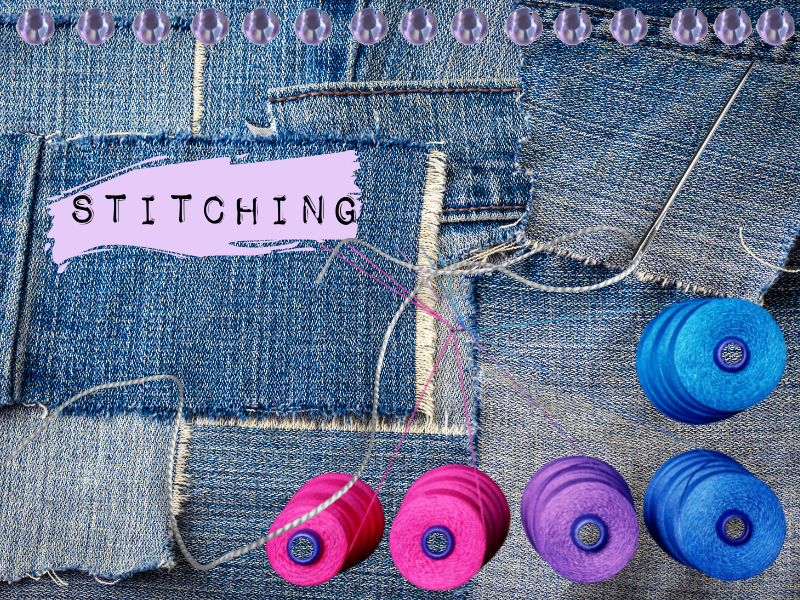We know that changing your habits to be more sustainable can be full of dilemmas, and fashion can already be a minefield in itself. Unsure how to resist the urge to replace pieces with a bit of wear-and-tear? Perhaps you want some tips on getting into mending and upcycling? Well not to worry, our agony aunt, Uncle Sage will give you all the tips you need.
I’ve recently started sewing and stitching as a hobby and hope to be able to mend and upcycle my pieces. But I’m worried about how much fabric I’m getting through already! How can I make sure I’m being as sustainable as possible?
Now, stitching and sewing are obviously up our alley at Stitch Up! These aren’t just hobbies but rebuttals to throwaway culture, encouraging people to take responsibility for what they have, by mending, maintaining and upcycling their favourite pieces. Upcycling may be the most exciting and creative way for people to take a sustainable approach to fashion But you’re right to be worried – fabric and materials come with a cost, too.
Once again, one of the biggest issues to be aware of is materials. Luckily, sewing materials can be made from sustainable fabrics like organic cotton. But going beyond ethical sourcing, what can you do once you have your materials, how can you make them last? Just as with clothing, the point of a material’s sustainability is kinda undermined if you’re just gonna haul and hoard them. Make sure you’re aware of the scale of your project, how much thread are you going to need? Research similar mending and upscaling guides in order to see exactly how much material you need. After finishing each project, take care to recycle as many leftover materials as you can.
And don’t forget, the key thing with upcycling is recycling, reusing old materials for something new. Be sure to look around your home, or check with friends and family if they’ve got any fabrics going spare. It can be easy to get caught up in the excitement of buying new equipment and material for a new hobby, so be sure to make use of what you have before hitting any vintage or charity shops.
You may have heard of using hot melt glue as an alternative to stitching, however, we recommend you steer clear of it. Firstly, compared to simple stitching it’s a lot hotter, messier, and more dangerous, you don’t want to be getting glue all over a potential new piece. Secondly, hot melt glues are derived from non-biodegradable plastics like polyurethane, EVA, and polyolefin, so obviously not eco-friendly. Lastly, it kinda takes the fun out of the hobby if you’re just gonna lather stuff in glue and slap it together, no?
But whatever you’re doing, whatever project you start out with, don’t get too stressed. The fact that you’re looking into upcycling means you’re making a great effort to reevaluate your habits in a way that’s beneficial to yourself and the world around you.
Need some inspo? Check out our We tried it series on TikTok, showing different ways to knit, cut and alter pieces.

